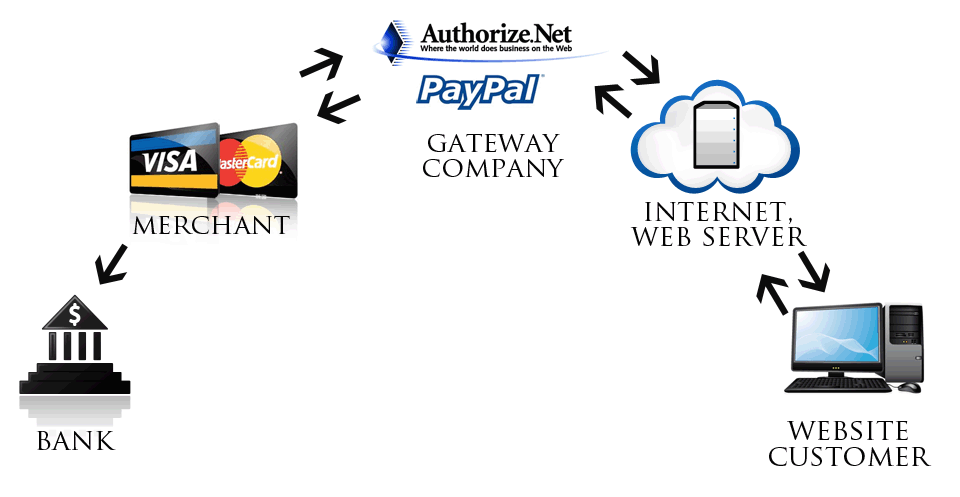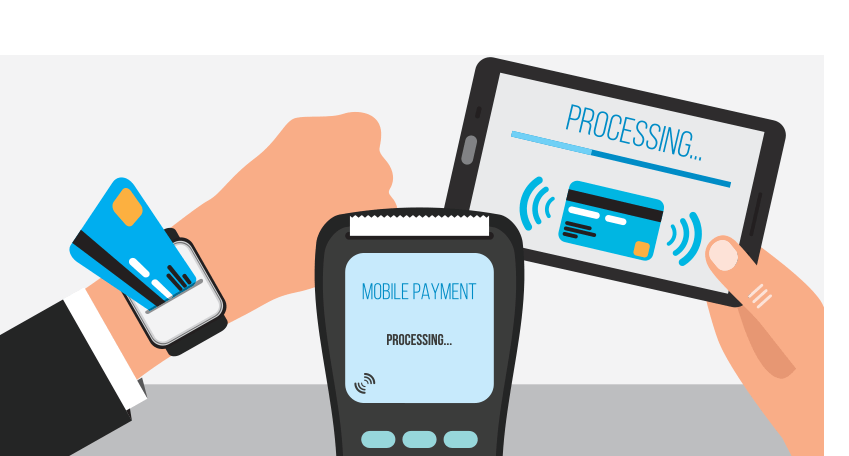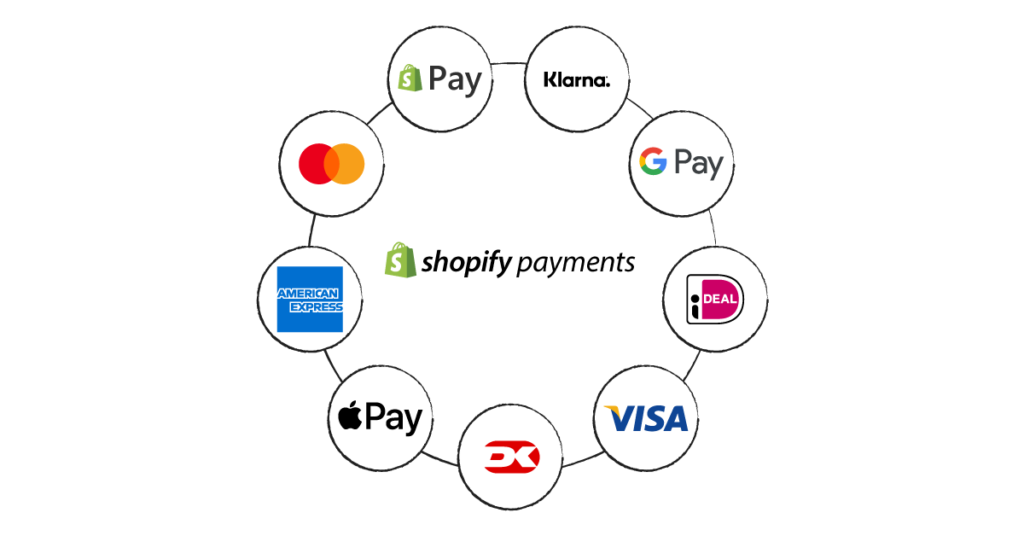AUTHOR : HANIYA SMITH
DATE : 29/09/2023
In today’s fast-paced digital era, establishing a robust online presence for your business is imperative for success. Shopify, a leading e-commerce platform, has gained immense popularity for its user-friendly interface and versatile features. To ensure seamless transactions and secure payments, integrating a reliable payment gateway with your Shopify store is crucial. In this comprehensive guide, we’ll explore the ins and also outs of payment gateways for Shopify, helping you make informed decisions to enhance your e-commerce venture.
Understanding Payment Gateways
A payment gateway is a vital component of any e-commerce store, acting as the intermediary between your online business and financial institutions. It facilitates secure transactions by encrypting sensitive data, such as credit card information, and also ensures that payments are processed swiftly and accurately.
Why Payment Gateways Matter for Shopify
Shopify empowers entrepreneurs to create stunning online stores, but its functionality extends beyond aesthetics. To run a successful e-commerce operation, you need a payment gateway[1] that aligns with your business goals. Payment gateways[2] for Shopify enable you to accept payments from customers worldwide, fostering trust and also reliability.
Popular Payment Gateways for Shopify
PayPal
PayPal is a globally recognized payment gateway[3] known for its versatility. It supports multiple payment methods, including credit cards and PayPal balance transfers. Integrating PayPal[4] with Shopify is a breeze, and it’s a trusted option for both businesses[5] and alsocustomers.
Stripe
Stripe offers seamless payment processing and is well-regarded for its developer-friendly features. With Stripe, you can accept various payment methods, including Apple Pay and also Google Pay, enhancing the shopping experience for your customers.
Authorize.net
Authorize.net is a robust payment gateway that excels in security. It provides advanced fraud detection tools and also customizable payment forms. While its setup may be slightly more complex, the security benefits are worth it.
“Key Considerations When Selecting a Payment Gateway”
Selecting the right payment gateway for your Shopify store requires careful consideration of several factors:
Transaction Fees
Different payment gateways charge varying transaction fees. Evaluate your budget and also sales volume to choose a gateway that aligns with your financial goals.
Security Measures
Security is paramount when handling online payments. Ensure that your chosen gateway complies with industry standards for data protection.
Supported Payment Methods
Consider the payment methods your target audience prefers. Offering a variety of options can increase your conversion rates.
Integration Ease
Choose a gateway that seamlessly integrates with Shopify. A user-friendly integration process[1] saves time and also reduces headaches.
Setting Up a Payment Gateway on Shopify
“Establishing a Payment Gateway on Shopify Involves a Simple Setup Procedure:”
Step 1: Access Your Shopify Admin by Logging In”
Access your Shopify admin dashboard.
Step 2: Navigate to Payment Providers
“Within the Settings Menu, Navigate to ‘Payment Providers’ and also Click.”
Step 3: Choose a Payment Gateway
Select your preferred payment gateway from the list of available options.
Step 4: Configure Your Gateway
Follow the on-screen instructions to configure your gateway settings, including entering your account[2] information.
Testing Your Payment Gateway

Before going live, perform test transactions to ensure that your payment gateway functions correctly. This step helps identify and also resolve any issues before they affect real customer transactions.
Common Payment Gateway Issues and Solutions also
While payment gateways generally operate smoothly, issues can arise. “Below, you’ll find typical issues and also their corresponding remedies:”
Transaction Failures
If transactions fail, double-check customer payment information and also ensure the gateway is functioning correctly.
Chargebacks
Handle chargebacks promptly by providing necessary evidence and also maintaining clear communication with customers.
Payment Delays
Investigate payment delays and also contact your payment gateway provider for assistance in resolving the issue.
Enhancing User Trust and Security also
Building trust with your customers is essential. Consider implementing SSL certificates and also two-factor authentication to fortify your store’s security.[3]
Mobile Optimization for Payment Processing

As mobile shopping continues to rise, ensure that your payment gateway is optimized for mobile users. A seamless mobile payment experience can significantly boost sales.
International Transactions and Currency Conversion also
Expand your reach by supporting international transactions and also providing currency conversion options. This flexibility attracts a global customer base.
Future Trends in Payment Gateways
Payment gateways are evolving to meet the demands of modern consumers. Keep an eye on trends like cryptocurrency integration and also biometric authentication to stay ahead of the curve.
Conclusion
Incorporating a reliable payment gateway [4]into your Shopify store is a vital step in creating a successful e-commerce business. By understanding the importance of payment gateways, evaluating your options, and optimizing for security and also user experience, you can ensure smooth and secure transactions, fostering trust among your customers.
FAQs
- What is a payment gateway? A payment gateway is a technology that facilitates online transactions by securely transmitting payment data between an online store and a payment processor.
- Can I use multiple payment gateways on Shopify? Yes, Shopify allows you to integrate multiple payment gateways, giving your customers a variety of payment options.
- How do I handle chargebacks? To handle chargebacks, gather evidence to support your case and maintain clear communication with the customer. Respond promptly to chargeback requests.





